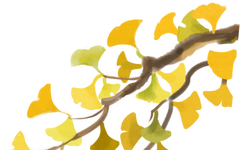Author: Wang Li, Wuhan Central Hospital
Compiled by: Lai Hualu, Pharmacy Department, Third People’s Hospital of Zhongshan

Poria (Fu Ling) is first recorded in the “Shen Nong’s Herbal Classic”: “It is used for chest and flank qi counterflow, anxiety, fright, and palpitations, pain below the heart, cold and heat, fullness, cough, dry mouth and tongue, and promotes urination; long-term use calms the spirit and nourishes the mind, prolonging life without hunger.” Its flavor is sweet, its nature is neutral, and it enters the heart, spleen, lung, and kidney meridians, classified as a superior herb. It has the effects of promoting urination, reducing swelling, strengthening the spleen, harmonizing the middle, and calming the heart and spirit.
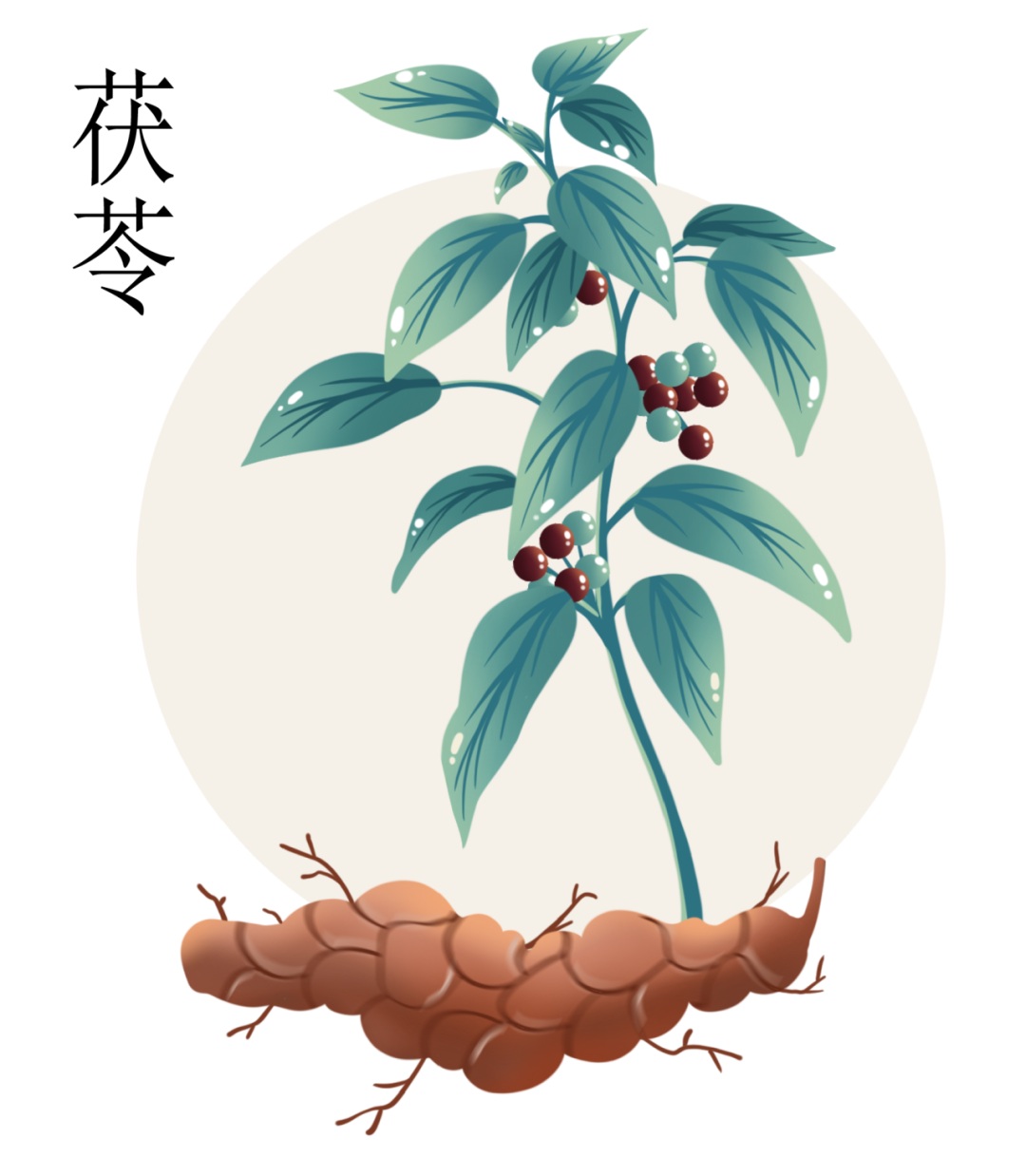
Poria, also known as Fu Ling, Yun Ling, and Bai Fu Ling, is the dried sclerotium of the fungus Poria cocos, which grows on sunny, warm hillsides, primarily parasitizing the roots of older pine trees. It is mainly produced in Yunnan, Anhui, and Hubei provinces, with the highest quality coming from Yunnan, also known as Yun Ling, recognized as a genuine medicinal material.
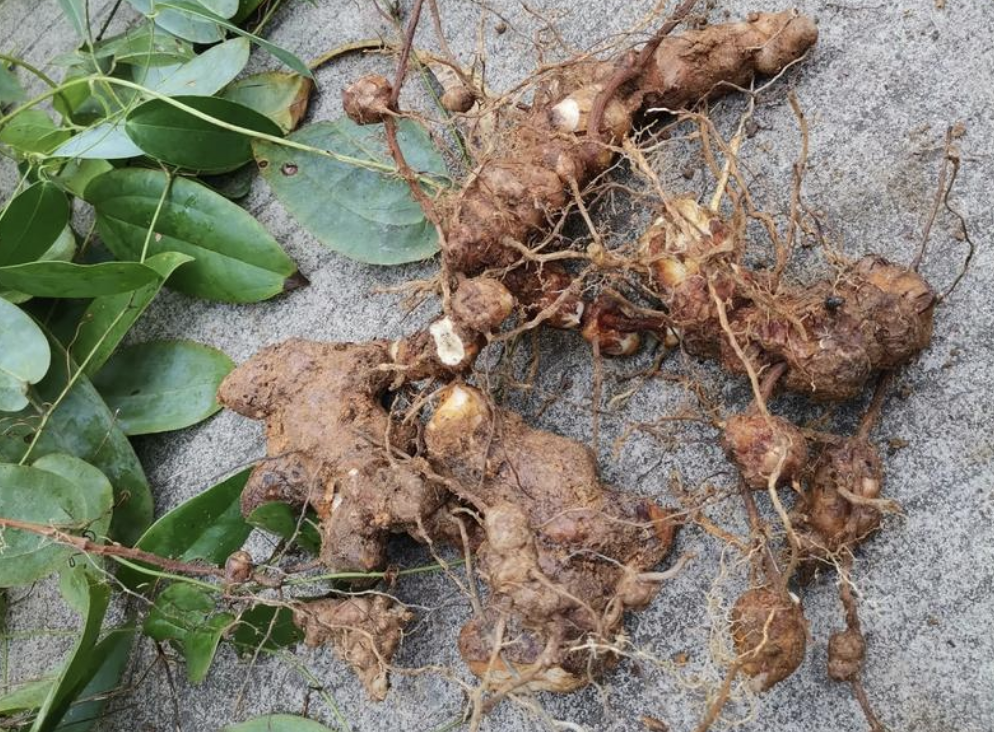
The complete Poria appears in round, oval, flat, or irregular clumps, varying in size.
The entire Poria consists of Fu Shen, Bai Fu Ling, Chi Fu Ling, and Fu Ling Pi. Below, we will introduce the four members of the Poria family one by one.

Fu Shen
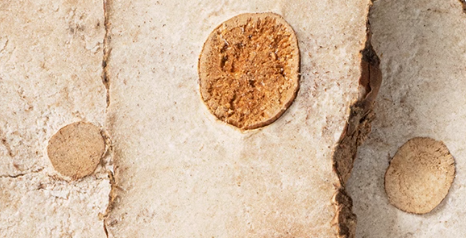
Fu Shen
Fu Shen is the part of Poria that grows intertwined with the pine roots. According to the “Bie Lu”, Fu Shen is neutral in nature, primarily affecting the heart meridian, and is effective for symptoms such as palpitations, insomnia, and forgetfulness caused by heart and spleen deficiency. It is often used in combination with calming herbs like Suan Zao Ren (Sour Jujube Seed) and Zhu Sha (Cinnabar).
Bai Fu Ling
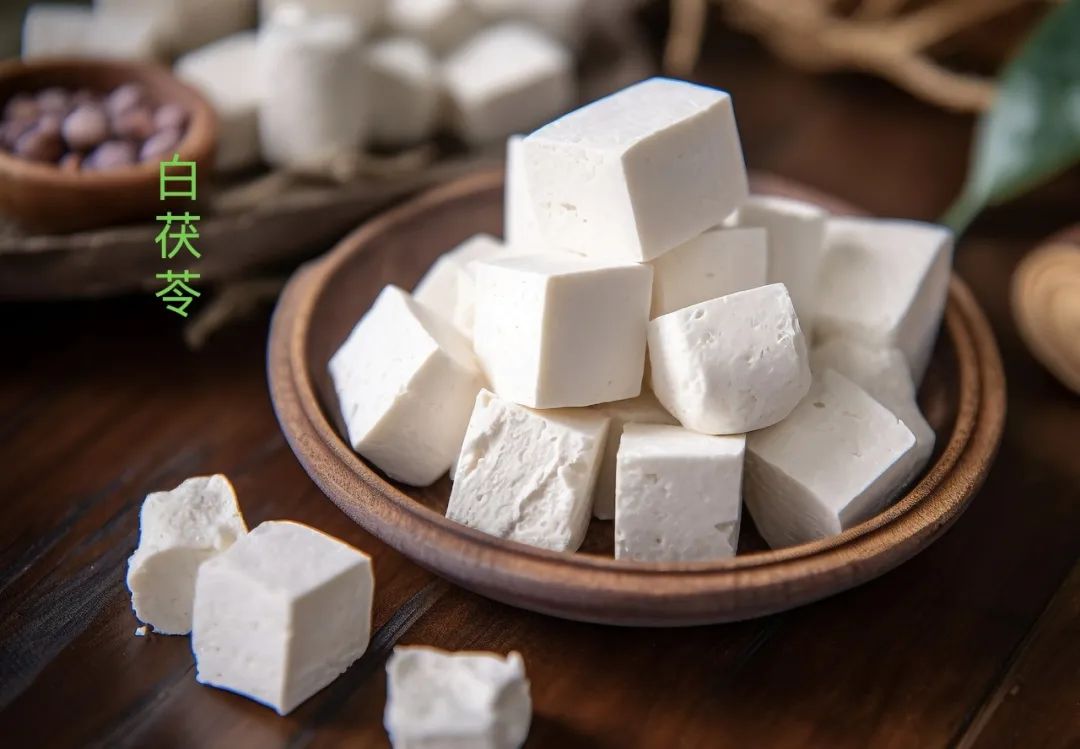
Bai Fu Ling
Bai Fu Ling is the white part inside the Poria sclerotium. It enters the heart, spleen, lung, and kidney meridians, promoting spleen health and dampness elimination. Its effects are more tonifying, but it is gentle and not harsh, promoting without being forceful.
Chi Fu Ling
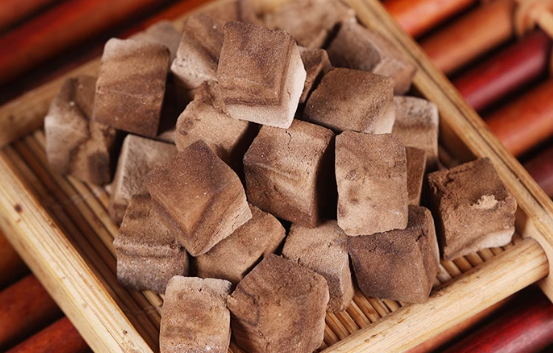
Chi Fu Ling
Chi Fu Ling is the red part beneath the skin of Poria. It enters the heart, spleen, and bladder meridians, clearing damp-heat. Its effects are more draining, lacking tonifying properties, and it is often used with Che Qian Zi (Plantago Seed), Hua Shi (Talc), and Gan Cao (Licorice).
Fu Ling Pi
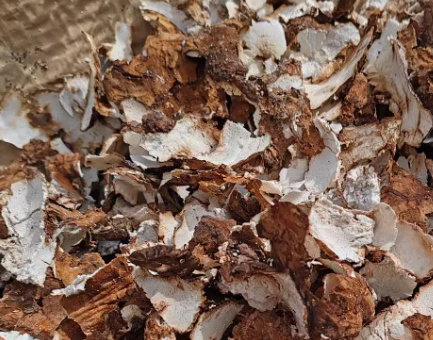
Fu Ling Pi
Fu Ling Pi is the outer skin of Poria, sharing similar properties with Poria but is more focused on promoting fluid movement and reducing swelling.
Special Note: Although Fu Shen, Bai Fu Ling, Chi Fu Ling, and Fu Ling Pi come from the same plant, they differ in form and use. Fu Shen is mainly used for calming the heart and spirit; Bai Fu Ling is primarily for strengthening the spleen and promoting dampness elimination; Chi Fu Ling is used for clearing damp-heat; and Fu Ling Pi is mainly for promoting urination and reducing swelling.
When combining herbs for treatment, it is essential to select appropriate medicines based on the patient’s specific condition; also, attention should be paid to the dosage and method of use to ensure safety and effectiveness.
-END-
Some images in this article are sourced from the internet for public welfare dissemination. We thank the authors of the images; if there are any copyright issues, please contact us for removal.

This article is an original work by “PSM Yao Dun Public Welfare”. For reprints, please leave a message.
Reviewed by: Lu Yuanyuan, Wuhan Central Hospital



Searchfor articles related to Poria

